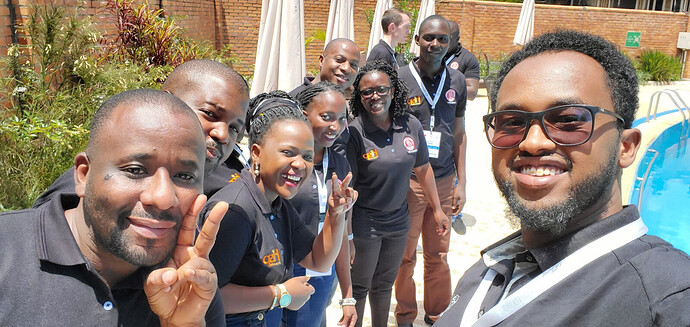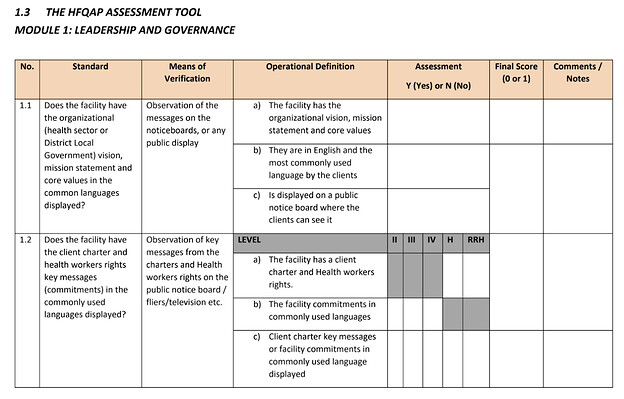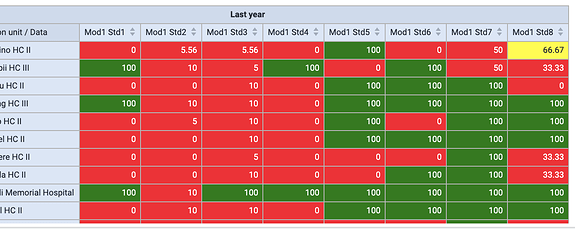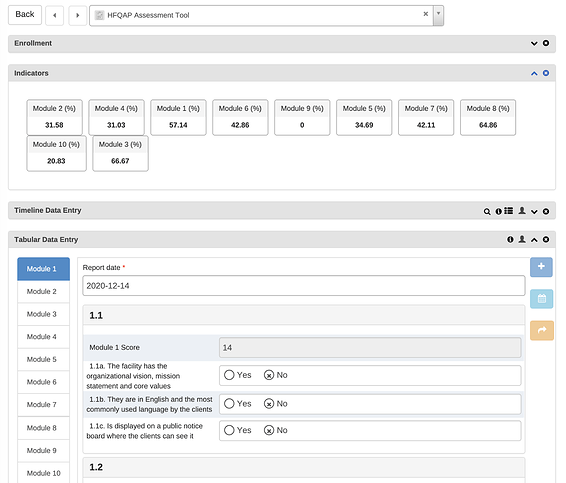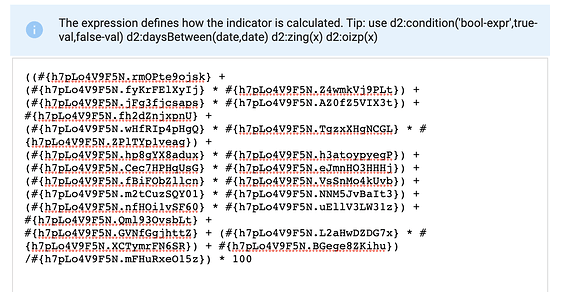Electronic Health Facility Quality Assessment Tool Using DHIS2 Android Uganda Usecase
For an effective health Facility Quality Standards Assessment, immediate feedback is key. Ministry of Health (MoH) Uganda through the Standards, Compliance, Accreditation and Patient Protection- SCAPP-Department supported the digitisation of the national Health Facility Quality Assessment Program Tool to promote data use to improve health service delivery. The SCAPP Department engages technical officers from internal MoH Departments and external partners in supporting implementation of the HFQAP System that sits on the DHIS2. Officers from the MoH ICT Section and the Division of Health Information are tasked with the core role of customization to not only ensure that the system is of standard and allows for ease of data collection and analysis but also the continual system administration support including step-up of highly available and scalable hosting environment at MoH datacenter based on standards.
The current need for the SCAPP Department is to upgrade the revised HFQAP tool in the system to allow for data analysis using inbuilt dhis2 analytics tools, this limitation is due to the implementation of the tool as an aggregate tool. MOH ICT together with the customisation team will be relooking this approach and implementing the tool as a tracker/events program so as to enable indicator analysis in the pivot tables/visualizer/reports and reduce the time the program takes to analyze this data.
The HFQAP system receives data from all health facilities in the country, the system was initially supported by USAID-SITES but has now been handed over to the Ministry. This started with the physical transfer of the servers hosting the HFQAP system from USAID-SITES to the MoH Datacenter, and was followed by a training of 4 MoH Technical officers with support from UNICEF and METS in the customization, data use and further management of the system.
The meeting will target technical people from MoH-ICT Section, MoH Division of Health Information, SCAPP Department, HISP Uganda and Monitoring and Evaluation Technical Support Program, who will work collaboratively to re-design and upgrade the system, train members of the SCAPP department in data analysis on the upgraded system as well as carry on with its routine support and management.
Configuration and implementation Strategies
To ensure Ministry of Health leadership and participation, the Ministry of Health ICT and Quality Assurance teams along with partners (METS) attended a Regional DHIS2 tracker academy in Kigali Rwanda in 2019 with a clear objective of embarking on HFQAP tool configuration into DHIS2. The team use case was the Health Facility Quality Assessment tool.
Part of the Ugandan team at the East and Southern African 2019 Tracker Academy in Rwanda (MoH - DHI/ICT (3), Standards, Compliance, Accreditation and Patient Protection- SCAPP-Department (1), MoH TB department (1), METS (2) and HISP Uganda (1),
In Country Configuration
The Ministry of Health DHI/ICT and Standards, Compliance, Accreditation and Patient Protection- SCAPP-Department Department took advantage of the COVID-19 pandemic country lock down and organized ‘scientific’ hands-on learning and configuration workshops to discuss, design, configure dhis2 tracker for HFQAP tool and above all learn from experts and each other. These brainstorming sessions allowed the teams to understand the requirements and even come up with dhis2 core design workarounds.
10 days Scientific workshop held in Ridar Hotel, Mukono Kampala - 2019 DHIS2 tracker Graduates at work.
HFQAP Tracker requirements
The Department of Quality Assurance required a system that:-
- Mobile based real time data entry - paperless
- Automated calculations and scores for immediate feedback
- Grade the facility based on assessment (STAR ranking) immediately after assessment
- National, District , Partner level scorecard dashboards
HFQAP Assessment Tool
The tool consists of 10 modules (Leadership and governance, HR for health, Health Financing, Health Information, Health Infrastructure: (Medicines, Health Supplies, Vaccines and Equipment), (Reproductive, Maternal, Neonatal, Child and Adolescent Health), (Clinical Care, Surgical Care, Referral, and Emergency Services), Diagnostic Services, and Client Centered Care and Safety) each containing a set of standards. The customization technical team agreed to configure the program as a tracker instead of an event after a careful review of the tool (many data elements, sectioning, data collection flow and required logic).
Program System requirements and how they were configured in DHIS2
There were a number of program requirements that were not straightforward for DHIS2 tracker customization.
- Yes and No responses and store 1 for Yes and 0 for No and Final Score
- For most of the data elements (Assessment Yes/No) in the assessment tool we used Yes/No data value type since DHIS2 stores 1 for yes and 0 for no numeric values, which facilitated aggregation and percentage calculations for STARing.
- Standard Scores for Facility and District Scorecard
- The Final score and calculating the standard score, used program indicators e.g Module 1 Standard 1:- (((#{h7pLo4V9F5N.rmOPte9ojsk} +(#{h7pLo4V9F5N.fyKrFElXyIj} * #{h7pLo4V9F5N.Z4wmkVj9PLt}))/2)*100 i.e 1.1b and 1.1c add up to a score of 1 if any of them is No then the final score is 0 if both are yes then the final score is 1.
- In cases where assessment is not applicable like 1.2a for health facility levels II, III and IV and 1.2b Hospital and Regional Referral Hospital, used program rules to auto assign Yes. (((#{h7pLo4V9F5N.jFg3fjcsaps} * #{h7pLo4V9F5N.AZ0fZ5VIX3t}) + #{h7pLo4V9F5N.fh2dZnjxpnU})/2)*100
- Modular facility Level assessment
- To calculate the module score, we require a module numerator e.g Module 1 score = 14. Used program rules to assign the module total score per health facility level.
- Used the program indicators (show in form) to display the overall module score per assessment per facility
